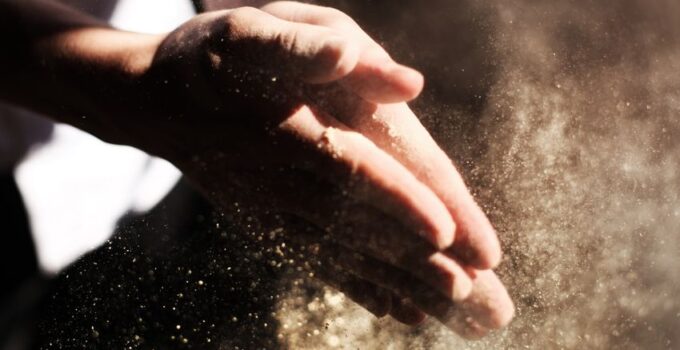On contrary to the belief of most people, the suppression of dust is hardly a technology of the modern age. Dust control has been around for many decades. However, as more and more regulations have become stricter and harder to follow, operators have tried to look for some new and innovative ways for meeting all of these guidelines and rules.
For years, different companies have suppressed dust through the use of sprinkles and hoses. At first, one of these was made for irrigation, while the other one is used for putting out fires. Both are really useful at their original jobs, as they provide maximum water flows. However, some researchers have proven that neither method is that effective for controlling dust, saying they can actually cause more harm than good.
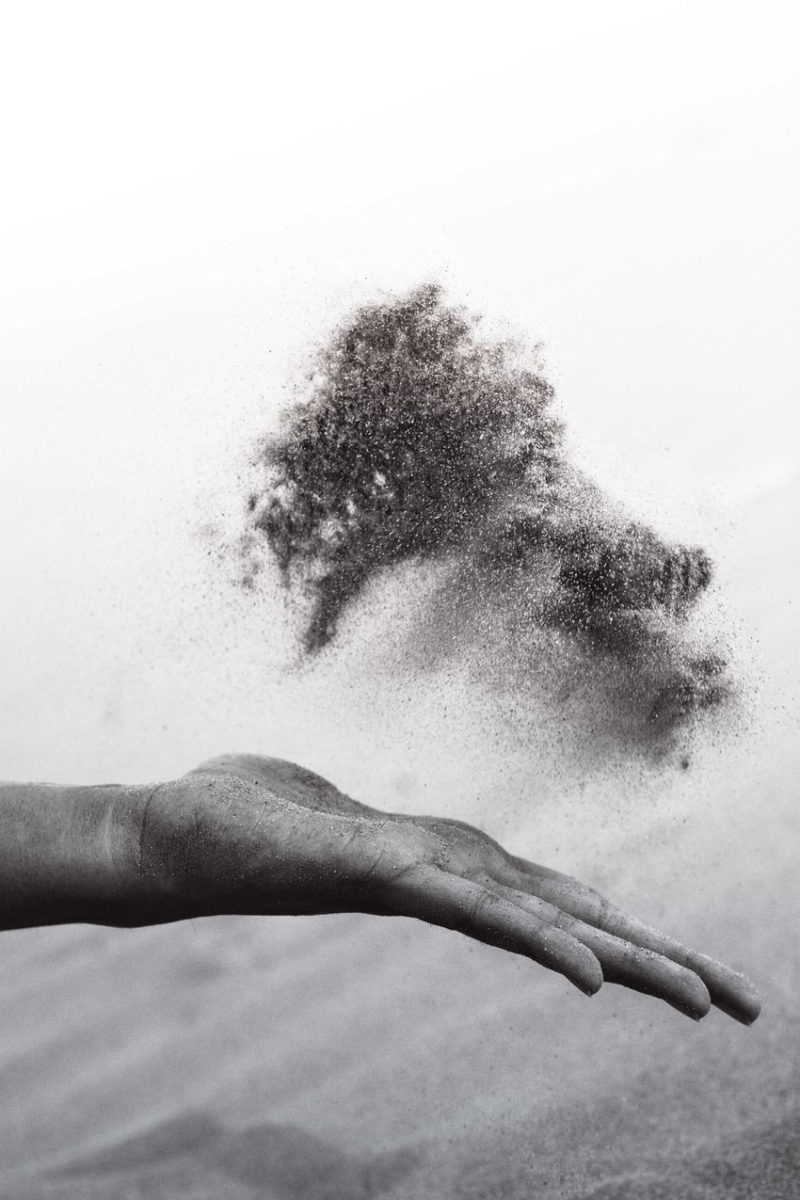
source:unsplash.com
During the past decade, dust has been given a lot of thought and attention. The first products that were specifically made for dust suppression were based on several principles, and were made to be easier and more affordable. Newer methods at various industry sites might seem overly complicated, but when we take a closer look, we can see they are quite easy to understand and figure out.
In this article, we will take a closer look at different methods people use to deal with dust at construction sites and other places where it poses problems. To find out even more on dust suppression, check out this post.
Page Contents
1. Water

source:thebalancesmb.com
The first and perhaps the most obvious choice in clearing away dust is water. This is also the most used alternative because of the low costs of use, as well as great results. Most often, the water is used by applying it at least three times during the day, depending on the atmospheric and other conditions at the site in question.
One of the most important factors with this method is the quantity of water applied. In order to prevent the excess water that tends to cause erosion and other problems, you should always pay attention to how much you use. How water is use is rather simple, as a water tanker is driven to the site, and the water is sprayed over the affected areas. This prevents the dust from rising and becoming airborne.
2. Mulch and Vegetation

source:unsplash.com
Next method is mulch and vegetation. It can easily be applied to protect the exposed soil from wind and water erosion alike. This method is green, or environmentally friendly, but watering the vegetation can become a chore and give you a headache if you do not coordinate it properly. Erosion problems can rise as a result. When applied correctly, wind erosion can be lowered by 80%. Hydro seeding is one of the best dust control methods that construction project managers like to use.
3. Tillage

source:thebalancesmb.com
Here we have a control measure that is done with chisel plows on an exposed soil. Tillage begins on windward sides of the site in question, and it is only applicable on flat areas. Roughening such soils can give you a reduction in soil losses of some 80% in the best of cases. You should leave a minimum of six inches of furrows, if possible at 90 degrees to the prevailing wind direction. You should do this in order to achieve the greatest reduction of wind erosion, and maximize dust control as much as you can.
4. Polymers as Dust Control
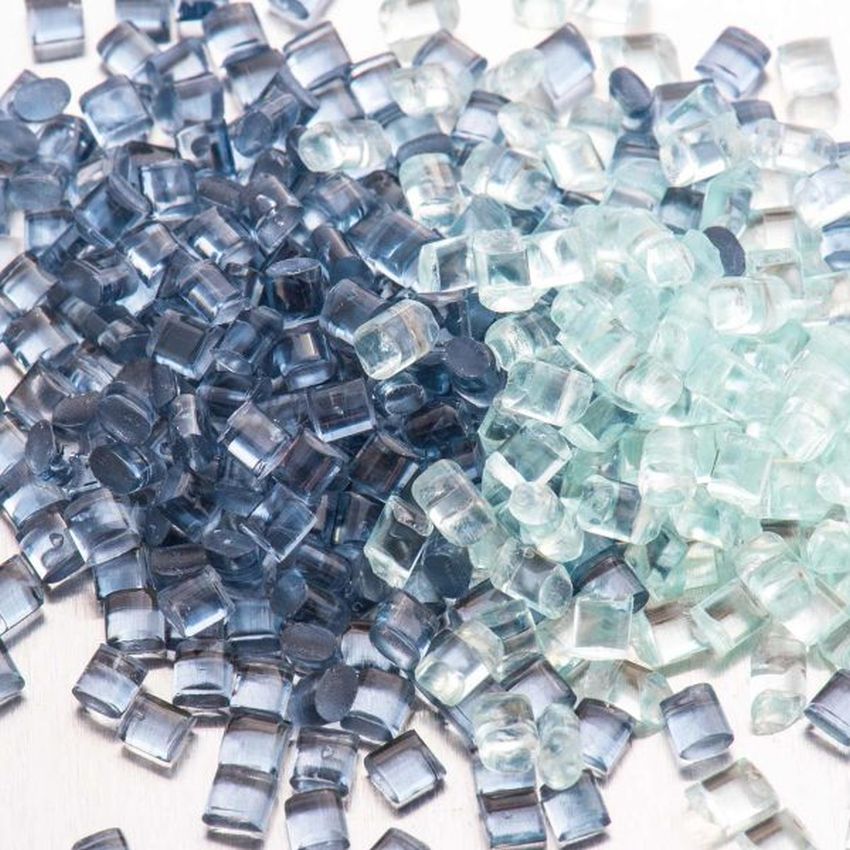
source:robovent.com
In areas that do not suffer from too much vehicle traffic, this method can be one of the most effective. To do this, you must first water the dry applied polymers if you wish for the activation to be effective for dust suppression. This method is good because it bonds the individual soil particles together. When it is dry, it forms a flexible crust that will greatly strengthen the soil surface. According to some calculations, the effectiveness of this method falls somewhere between 70% and 90%.
5. Tackifiers and Soil Stabilizers
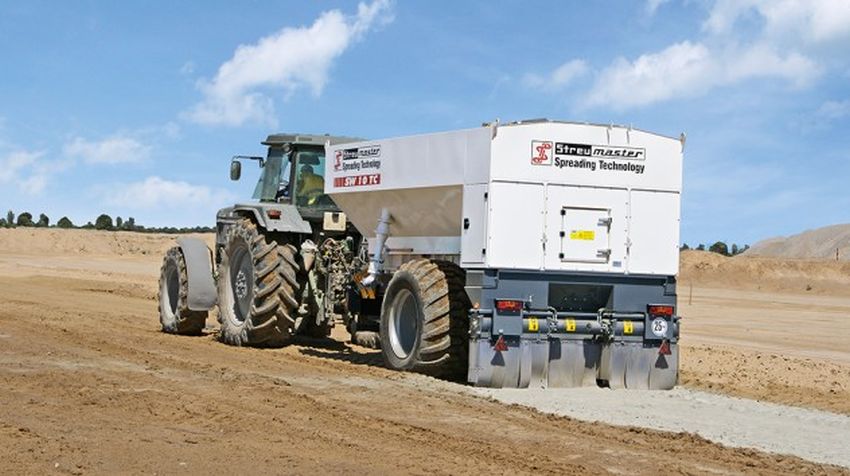
source:thebalancesmb.com
The fifth dust suppression method on our list can create a strong fiber-seed-soil bond, without actually hardening. This practice is capable of reducing the need for reseeding. What is more, it also minimizes the chances of soil erosion. During an event where there is a lot of wetting, the polymer material will absorb water and allow the tackifier to return into solution. When it is dry, there will be a new seal over the soil acting as a dust control measure on the construction site.
6. Chlorides
Chloride is able to retain moisture for a long period of time, helping you battle the annoying dust, as well as erosion. Its unique property helps you control the dust and stabilize the unpaved road surfaces. The result of chloride use are smooth riding roads that will last a long time, free of dust.
7. Barriers
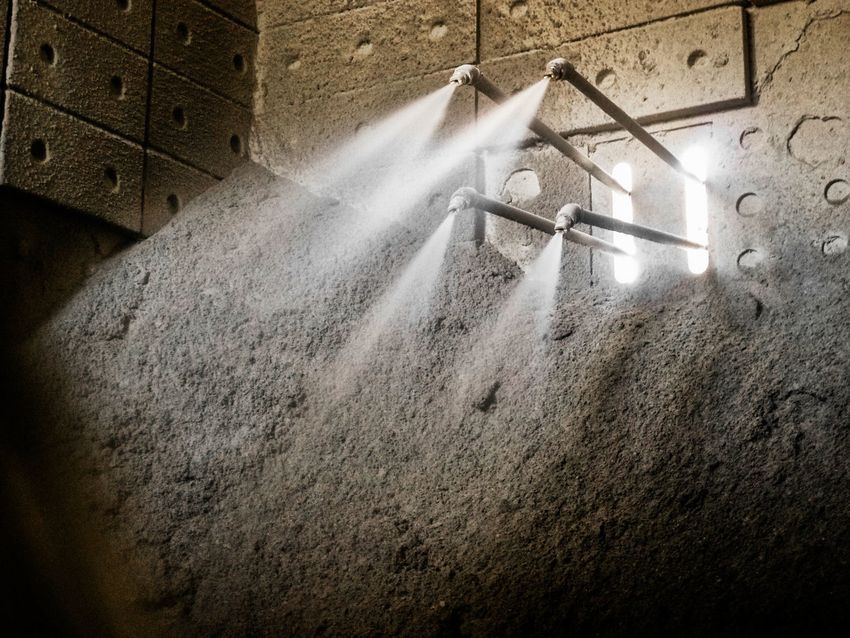
source:benwebmaster.com
Like water, this is one of the most widely used methods. Things like board fences, wind fences, sediment fences, or other similar barriers can control the changes in air currents and the blow of dust and soil they bring to construction sites. Most of these fences are usually wooden. Grass and stands of existing trees are also useful wind barriers. Erosion is also prevented here, by obstructing the wind and preventing the soil from being blown away. You can also use crate walls, solid board fences, snow fences, burlap fences, bales of hay, and any other similar material to control air currents and dust they carry.
8. Stone

source:corgin.co.uk
Stone is another hugely effective dust suppression method that can be used in different construction scenarios. At the places of road constructions and entrances, or in areas where vegetation cannot be used, they can actually be your best option. Where there is high wind however, make sure never to use small stones because they are not nearly as effective as eight-inchers, and may be blown away with the dust causing more harm than good.
9. Sweep Equipment
Last but not least, we have the sweep equipment. These are normally used on highways and paved roads when the workers utilize them to clean the debris and dust. Generally, this is not a preferred method because it takes a lot of time and the effect is usually short lasting. In addition, because of the nature of these tools, more dust might be thrown into the air than swept away. Still, there are many situations where it can be useful.

